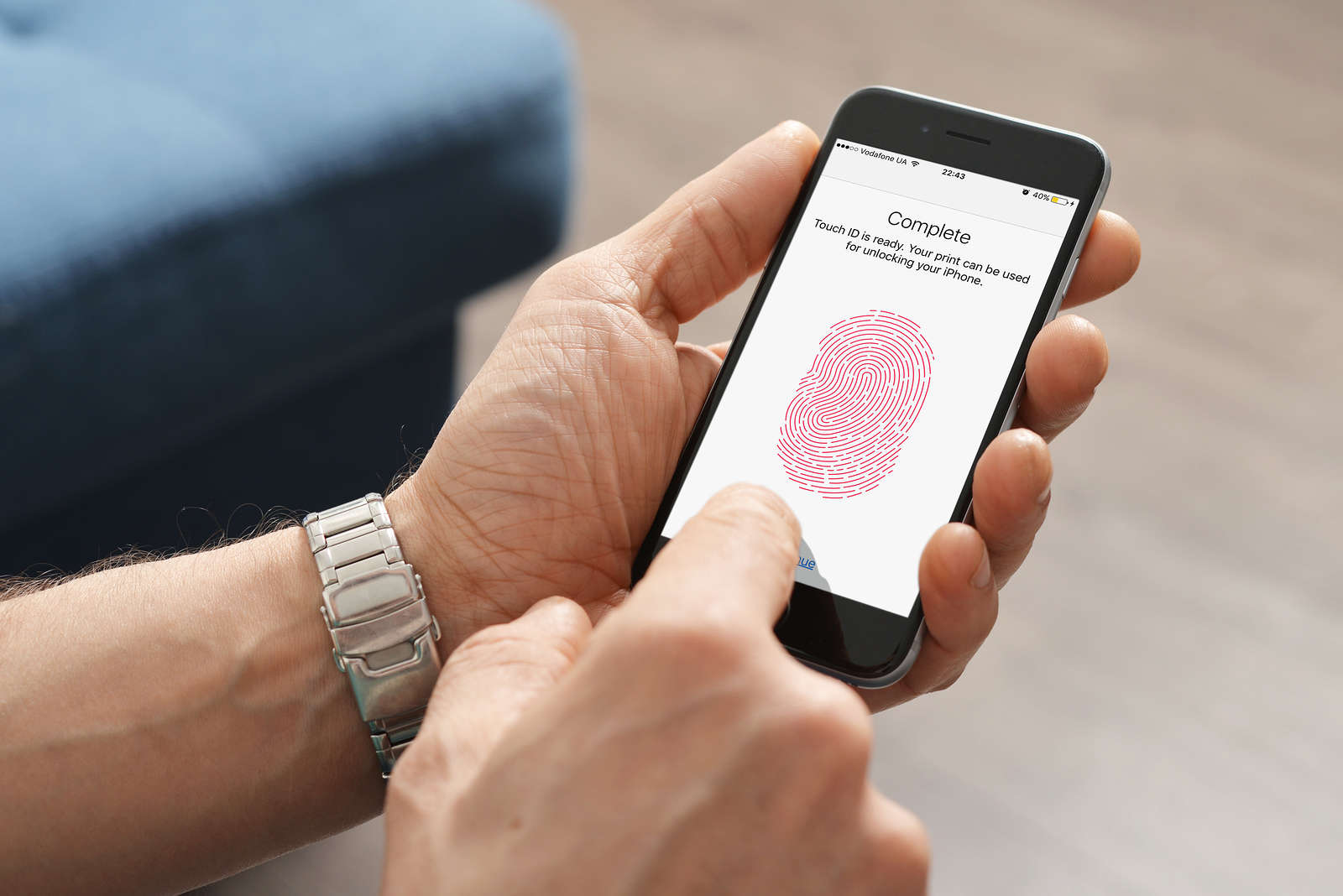Two-thirds of employees work with damaged phones
Left unresolved, cracks lead to disruption

Almost two-thirds of office workers (65%) work with damaged phones, according to statistics pulled together in Samsung’s latest report.
While in the past a damaged handset was merely an annoyance, today’s device culture sees business operations heavily rely on employees being able to work agile. Devices are an integral part of agile strategies, and consequently, when they are damaged, business operations and productivity are put at risk.
RELATED RESOURCE

Why every business needs rugged devices
Get the job done with devices that are built to last
Prior to the 2020 lockdown, some industries relied on devices more heavily than others. In construction, for instance, devices have long been an essential tool. And considering the tough working conditions in such an industry, devices are more liable to damage.
But even in the office devices have transitioned from a productivity enhancer to a work-essential, as remote working strategies have become increasingly popular. COVID-19 has played no small part in the recent remote working surge, making devices more prominent in the undertaking of day-to-day business operations.
WIth more devices at play, it’s little surprise that more are becoming damaged. Worryingly, however, instead of resolving issues with their handsets, most employees learn to live with the damage.
That’s because not all businesses have a strong hardware strategy, meaning that damaged devices cannot be substituted or repaired quickly. And even if a business does have the capability to handle device requests efficiently, in the eyes of many employees the hassle and disruption involved is deemed too great. Rather, they would learn to cope with their damaged handset for as long as possible. Unresolved issues worsen (cracks literally widening), leading to security risks and complete breakages.
To prevent such a scenario, businesses have a responsibility to ensure employees are equipped with the right hardware. Comprehensive procedures should be in place to deal with device requests, with employees also educated as to the risks of working with a damaged device.
Sign up today and you will receive a free copy of our Future Focus 2025 report - the leading guidance on AI, cybersecurity and other IT challenges as per 700+ senior executives
What is BYOD? What devices do you need for a flexible office? Our 5-minute guide to PC as a service
Samsung’s explorative report into the effectiveness of a ‘rugged device’ (essentially, those which are durable) strategy, found that employees simply want devices which are easy to use and hard to break, particularly for those who work outside of usual office spaces.
Those sat at desks are no different. When it comes to devices in the workplace, thrills are of much less importance than fulfilling core values of durability, reliability, and functionality. It’s time to put employees at the centre of your digital transformation, in line with a device strategy that minimises disruption, encouraging employees to repair their damaged devices and permitting them to focus on the job at hand.
-
 Should IT departments call time on WhatsApp?
Should IT departments call time on WhatsApp?In-depth For many, it's their go-to messaging app for business and social contacts, but recent privacy changes could put an end to that
-
 Is it time for IT departments to call time on WhatsApp?
Is it time for IT departments to call time on WhatsApp?In-depth For many, it's their go-to messaging app for business and social contacts, but recent privacy changes could put an end to that
-
 Security is the main concern for business smartphone deployment
Security is the main concern for business smartphone deploymentNews HMD research also finds the majority of large companies use outdated devices
-
 Made in China: the risks of buying cheaper tech
Made in China: the risks of buying cheaper techIn-depth Is there any sound reason not to trust low cost Chinese hardware imports?

